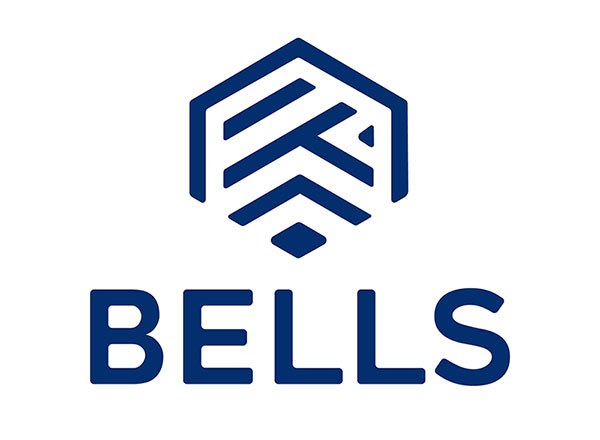
Unlock 5 back-office job hacks with an RPA Certification in Singapore

You’ve heard of front-office activities, but are you familiar with the opposite?
Front-office are typically the flashy parts of the business, are typically customer-facing and the ones driving revenue for the company. On the other hand, back-office refers to the backend processes used to deliver quality products or services.
They don’t directly contribute to the bottom line, but are essential administrative functions that support day-to-day operations. Using a simple analogy, back-office is like the backbone that supports the business’s functions, while front-office is the face that is presented to the public!
Some examples of back-office functions include finance and accounting, human resources, information/technology systems.
Here are 5 nifty job hacks that you can acquire after completing the BELLS Robotic Process Animation Course (RPA):
1. Reduced cost
A direct correlation of improved efficiency is a visible reduction in cost. We’re talking reduced error margins, faster work completion rates, faster work responsiveness rates for both back-end and front-end service lines.
2. Improved data quality
Human error means that with each new successor, different data entry systems are adopted and taught. When things are all fine and dandy, organisations can continue to operate in spite of this. However, when a crisis hits, records retrieval and planning the next course of action becomes so much more cumbersome.
Using automation via RPA certification in Singapore, back-office systems can be trusted to enter data accurately and consistently. It can be as small as standardising data formats across different back-office applications, or as significant as correcting accounting formulas to provide an accurate profit loss statement for the fiscal year.
When the data pool is clean, it makes generating reports and analytics that provide insights into back-office processes so much easier!

3. Increased compliance and efficiency
Some back-end processes have strict Standard Operating Procedures (SOP) that must be adhered to. For example, payments and invoicing have to be compliant with all regulatory authorities, ensuring their operating licenses are valid and that all personnel involved have a sufficient level of authorisation and RPA certification in Singapore.
Without RPA, all these regulatory checks have to be done manually, with potential for errors and inconsistencies with every check.
With Robotic process automation course, the entire process can be entirely automated, minimising human error and ensuring compliance in the event of office spot checks. Automation allows for improved communication and collaboration, such as providing the latest stats that are accurate for all stakeholders involved.

4. Improved customer service, benefitting front-office activities
The front office is only as efficient as the back office can support. For example, retrieving details from the Customer Relationship Management (CRM) database when a customer makes a repeat order on an eCommerce platform or retrieving their banking history when they face issues with their debit account. This process can be time-consuming if legacy is not adhered to, or it can be as simple as a click of a button if RPA is deployed.
5. Greater agility, adaptability
In volatile economic times, businesses need to prepare ahead for worst-case scenarios to sail through the stormy seas of change. Small medium enterprises (SMEs) certainly have the advantage, as larger organisations are held to inflexible processes and take a long time to enact change.
By adopting automation via RPA certification in Singapore, organisations simply need to update the formulae script and they are on track to adapt to new situations. This helps to increase their business agility and gives customers the confidence to trust in the organisation and their preparedness.
—
Once you’ve attained increased efficiency in back office task management, you can align both front and back end processes with the use of intelligent automation for a seamless blend.
Using Robotic Process Automation (RPA) can achieve the following and more:
- accelerate and streamline functions,
- break down departmental and information silos,
- drive innovation,
- boost collaboration throughout an enterprise, thereby,
- increasing employee efficiency and productivity as well as employee and customer satisfaction.
Looking to justify that next step in your career progression? Regardless of profession or vocation, an RPA certification in Singapore is a great way to kickstart the automation process for menial tasks and take on higher-level work.
The sign-up link for 2023’s intake can be found here.




